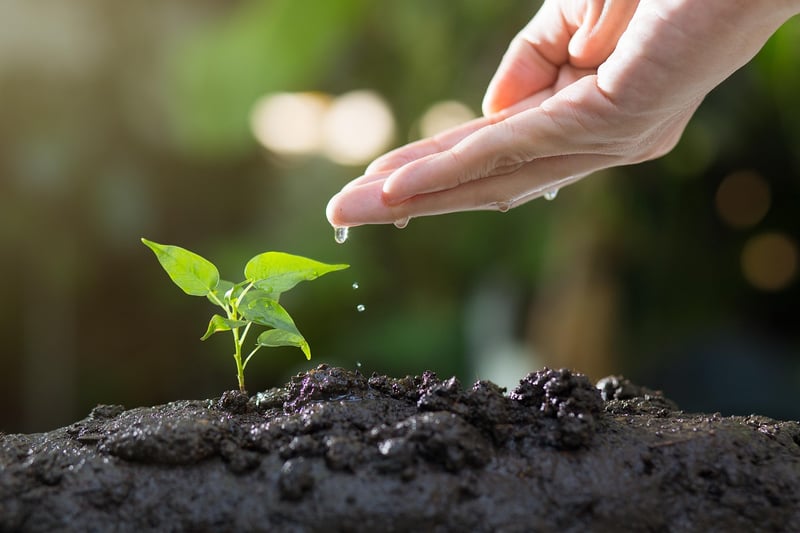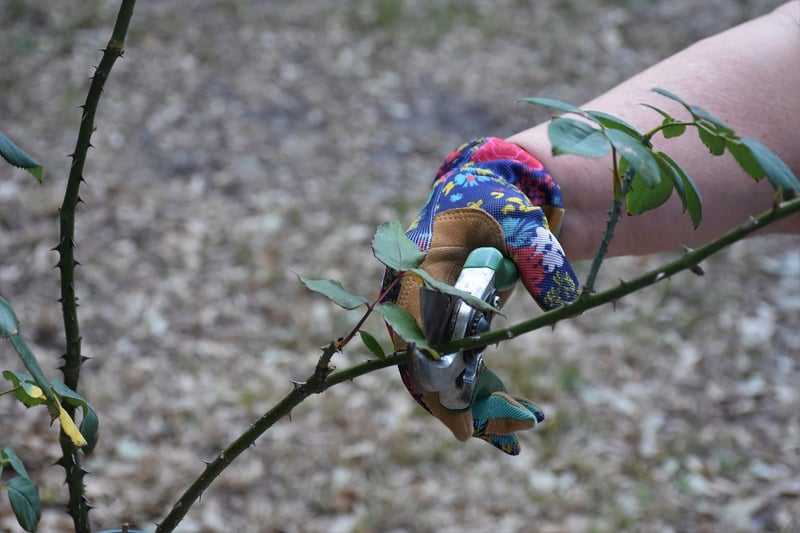Pruning Guidance
Keep Your Garden Thriving With Proper Pruning
Pruning is an essential task for maintaining a healthy and beautiful garden. By trimming and cutting back plants correctly, you can encourage growth, improve flowering, and prevent diseases. Here's a guide to help you master the art of pruning and keep your garden thriving:
1. Understand the Basics
Before you start pruning, it's crucial to understand the different types of cuts and the best time to prune specific plants. Learn about the growth habits of your plants to make informed decisions when trimming.
2. Use the Right Tools
Invest in high-quality pruning shears, loppers, and saws to make clean cuts without damaging the plants. Keep your tools sharp and clean to ensure efficiency and prevent the spread of diseases.
3. Remove Dead or Diseased Branches
Start by cutting out any dead, damaged, or diseased branches to improve the plant's overall health. Make clean cuts close to the main stem or branch collar to promote healing.
4. Promote Growth and Flowering
Prune to shape the plant, remove overcrowded branches, and encourage new growth. Cutting back certain plants can also stimulate more flowers or fruit production, leading to a more vibrant garden.
5. Follow Plant-Specific Guidelines
Each plant has its own pruning requirements. Research the specific needs of your plants, such as when to prune, how much to trim, and which branches to cut, to ensure optimal growth and flowering.
6. Practice Regular Maintenance
Make pruning a regular part of your gardening routine to keep your plants healthy and thriving. Check for overgrowth, crossing branches, or signs of disease regularly and address them promptly.
By following these pruning guidelines and techniques, you can ensure your garden remains lush, vibrant, and full of life. Happy gardening!
 Image Source
Image Source
